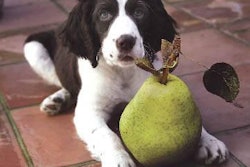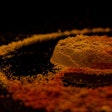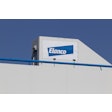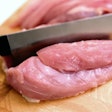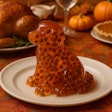Several feeding studies on adult domestic cats are designed to disentangle the complex interactions among dietary protein, fat and carbohydrate in the control of intake. Using geometric techniques that combine mixture triangles and intake plots from the geometric framework, we demonstrate that cats balance their macronutrient intake, estimate the composition of the target balance and reveal the priorities given to different macronutrients under dietary conditions where the target is unachievable.
Our analysis indicates cats have a ceiling for carbohydrate intake, which limits ingestion and constrains them to deficits in protein and fat intake (relative to their target) on high-carbohydrate foods. We reanalyze data from a previous experiment that claimed kittens failed to regulate protein intake and show that, in fact, they did. These results add to the growing appreciation that carnivores, like herbivores and omnivores, regulate macronutrient intake and have important implications for designing feeding regimens for companion animals.
Source : A.K. Hewson-Hughes et al., 2011. Geometric analysis of macronutrient selection in the adult domestic cat, Felis catus. J. of Exp. Bio. 214: 1039-1051. doi: 10.1242/jeb.049429



